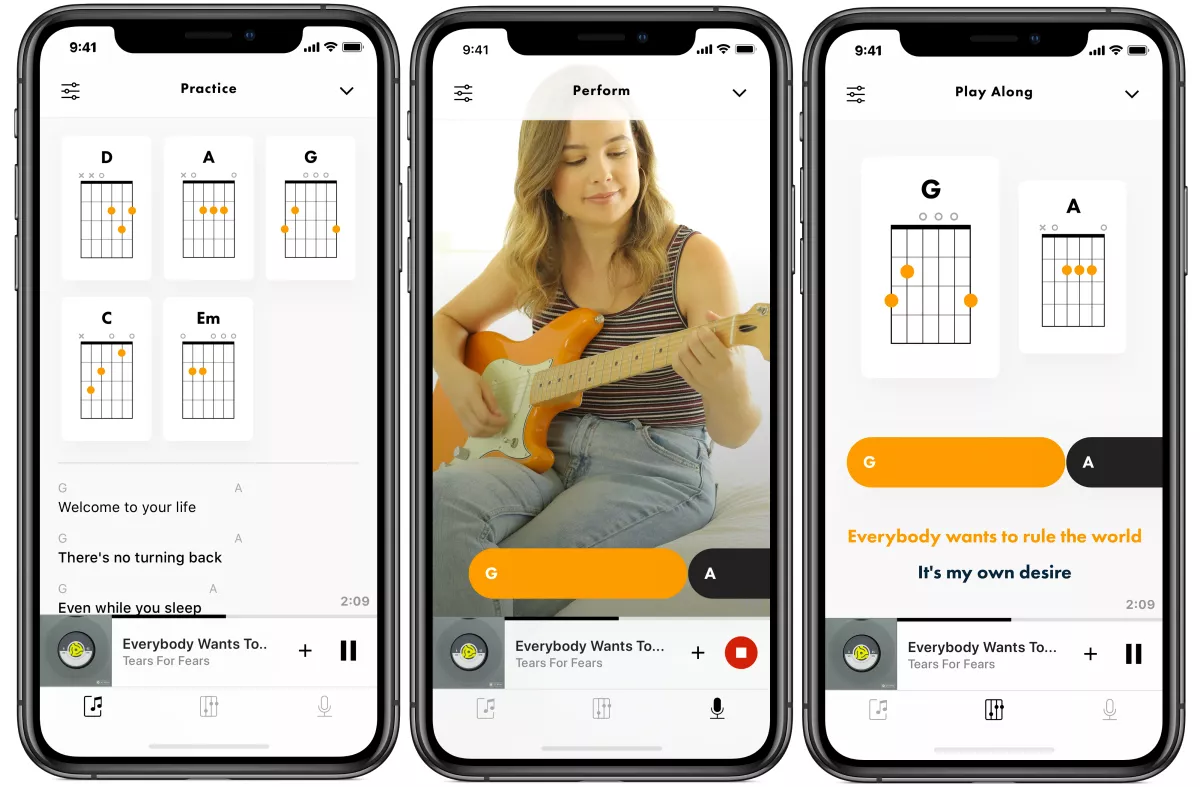I recently came across two articles that combine the topics of music and product management. That is basically catnip for me, so I have to share.
First, I know “What X Can Teach Us About Y” articles have become a bit of a trope, but trust me on this one. What Taylor Swift Can Teach Us About Business by Rex Woodbury is an excellent case study on what good product management is all about. I’ve always been impressed by Taylor’s business strategy, and this is the first article I’ve seen that really digs into it. On Taylor’s decision not to sign with RCA because they wanted to pigeonhole her into being a country singer:
The key insight here is that RCA underestimated the market. Yes, country listenership was declining among young people. But great products revitalize stale markets and ultimately expand their markets. Swift did both, first proving that there was an opportunity in country music, and later growing beyond country to become a bona fide pop star. Swift’s story reminds me of a fatal error in startups: underestimating market size.
There’s too much goodness to quote here, so just read it.

The second one is an older piece that I found via Jeff Gothelf’s blog. It’s an interview with Fender CEO Andy Mooney on the company’s mission, and once again it showcases some excellent product management principles. In the example below, Andy talks about the creation of the Fender Play app. I am breaking the quote up with some of my notes, since it encapsulates the process so well:
The marketing is tied around creating the emotional connection, being ‘why should I do this?’.
Note the focus on Jobs to be Done. Their research showed that people pick up the guitar mostly because they want to play and sing along to their favorite songs—not because they want to be rock stars. That’s the emotional connection they are going after.
Again, with Play, we felt that it was a milestone to get people to commit if they were able to master their first song. So we teach the skills that you need in Play around doing exactly that. You come into the product, you declare your genre and that gives you a potential setlist.
Note here how they identified their activation metric / a-ha moment and built the product around getting users to that moment as quickly as possible.
Then you get taught the skills to master those songs rather than the other way round. I taught when I was very much younger. You know, are you going to teach somebody to play major minor scales or are you going to teach them how to play House Of The Rising Sun? My approach—which I’m glad was all intuitive back then—was a song-based approach because you were teaching them how to play the chords within the context of the song.
Again, note how they focus on the how music makes you feel, not on the theory behind it. We are all used to this kind of marketing now but it’s worth remembering that until the iPhone came along, phone marketing was all focused on storage space and RAM, not on here’s what you can do with it.
There’s much more in the article about the extensive customer research that Fender did, and how they used those insights to create Fender Play.